It’s been only a few months since I picked up cycling once again and in that time frame, I’ve used the Java Zelo and Crius Master D before deciding to build a frame from scratch, with an Fnhon Tornado used as a base. It’s a time consuming experience but well worth the effort.
Why the Fnhon Tornado?
For a mid-range (which I define to mean $700 to $1,000 all built up) foldie, two main brands come to mind–Crius and Fnhon. Crius is Litepro’s bicycle frame brand whereas Fnhon is purportedly created by some former employees of Dahon, the granddaddy of all bifold folding bikes. Between the two, I think Crius is slightly more common on the PCNs and roads, but you do see a couple of Fnhons around, although the Tornado is relatively rare.
I can think of two main reasons Crius bikes are preferred. One is that Crius bikes are generally more available (just do a quick search on Taobao and you’ll know) and that there are more attractive colourways available (the chameleon blue, in the particular, is really attractive). The second is that Crius bikes come standard with the three holes drilled on the front of the head tube so you can fit in a front block adapter whereas Fnhon bikes (except the Gust) do not come with the three holes drilled by default. This is unless you opt for a customised frame from Cylicworkz, which is the authorised distributor for Fnhon frames in Singapore.
In my case, I chose the Fnhon because I already had a Crius and wanted to see for myself how Fnhon would be like. Some people who’ve tried both bikes claim that Fnhon has a better build quality.
Between the Blast and the Tornado, the Blast is the far more popular bike, at least in Singapore. I chose the Tornado, however, because I already had the Crius Master D (which is all but similar to the Fnhon Blast), and because it has a distinctive folding mechanism that sets it apart from the rest. My Tornado frame was ordered from Cyclicworkz and comes with the three holes for the front block adapter. However, these frames come in only in limited batches and colourways and so you’ll probably need to be patient. If you’re okay to forego the front block (you can always install a Litepro front block clamp, which clamps to the head tube, as an alternative), you can look for “wheelonfire” or “Bike-20” on Carousell if you just need the frame. Or you could opt for a pre-built bike which is more readily available.
Frame Build Quality
Build quality wise, the Fnhon Tornado is pretty much on par with the Crius Master D. The aluminium used on the Fnhon Tornado does seem to be a little sturdier and the screw threads on the bottom bracket and fork seem to hold up a little better.
The dropout for the derailleur hanger seems to be a little misaligned out of the box (same with the Crius Master D), though this is nothing a simple tweaking of the derailleur hanger can’t resolve. In addition, on my particular frame, there are some minor dings on the fork and on the head tube. I also acquired two Fnhon Tornado forks and one fork measured a millimetre shorter than the other.
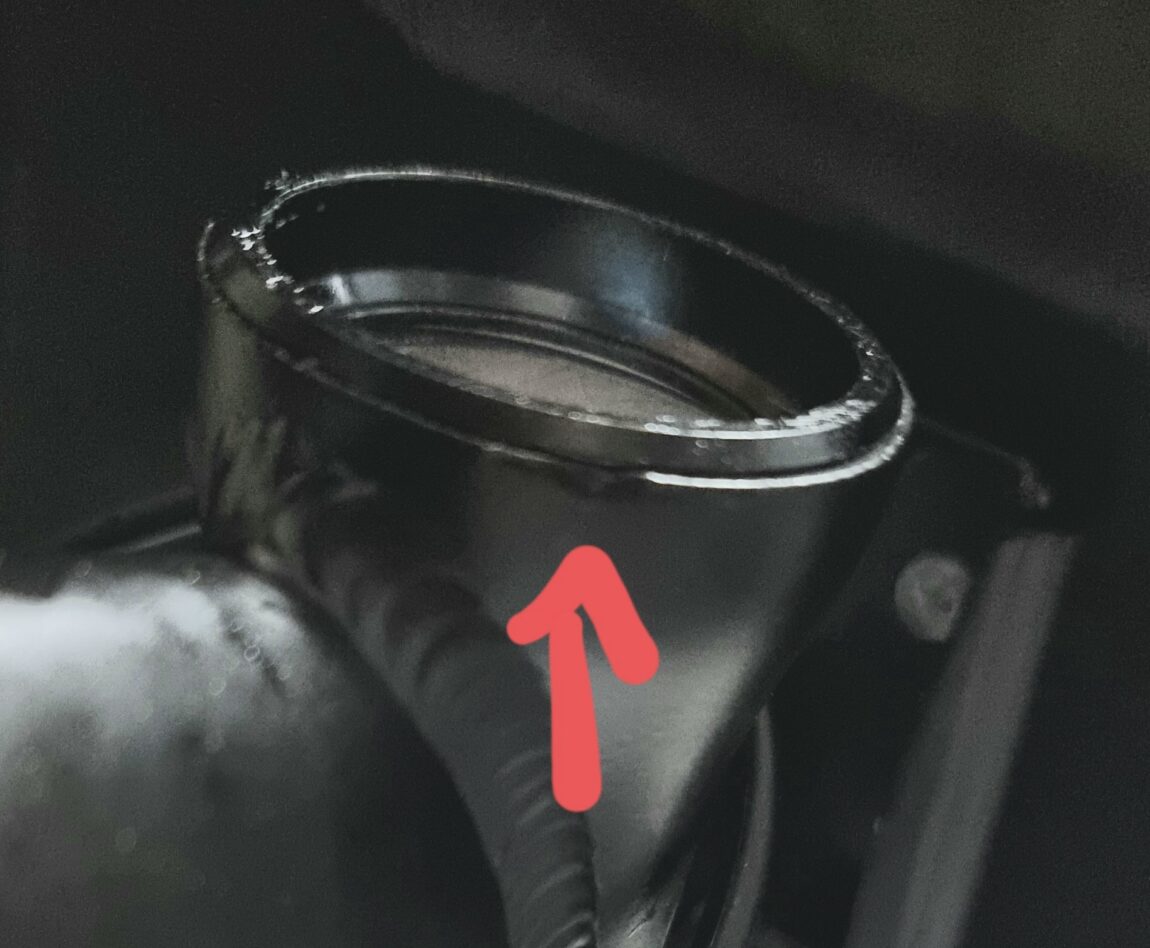
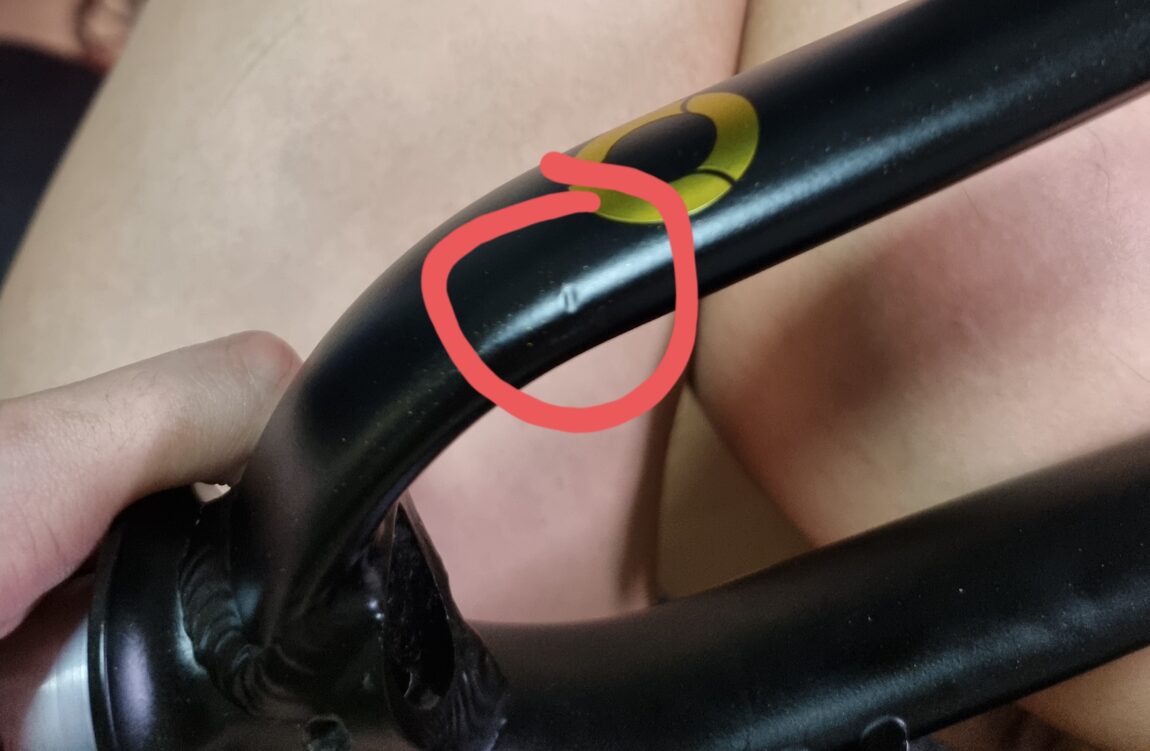
Overall, I think these flaws are minor and generally cosmetic in nature, although a small part of me is worried that this would translate into structural issues down the road.
Ride wise, the Fnhon Tornado has held up well. I’ve brought it on some long rides so far, including a stretch along Tanah Merah Coastal Road, and didn’t feel much of a flex or major creaking noises even at high speeds. There was a small stretch where I heard the disc brakes rubbing (at 35km/h), although I believe that could be attributed to a slightly loose QR skewer instead.
Speed wise, I was able to attain 25-27km/h comfortably with a 11-32T setup paired with a 56T Stone oval chainring. 30km/h is achievable if you’re fit and 35-40km/h is attainable at short bursts and if the wind is in your favour. A seller told me that the Fnhon Tornado is more stable than a Blast or Master D at higher speeds; in practice, I did not notice a difference. In fact, when approaching 40km/h, I was a little worried as to whether the entire frame would just fall apart.
Crius vs Fnhon; Blast vs Tornado
Overall, I didn’t notice much of a difference between the Crius and Fnhon. Neither did I notice any difference between the normal Master D/ Blast frames compared to dolphin frame designs like the Crius Velocity and the Fnhon Tornado. At the end of the day, I think it is a matter of preference and I guess what matters more are the parts that you put onto the frame… which brings me to the next section.
Building Experience
Building a bicycle is actually not that difficult (but of course, on hindsight everything looks relatively easy…). It’s somewhat similar to building a PC, except that you have to figure a lot of things yourself along the way due to the absence of resources especially when it comes to a folding bike. To this, someone has posted a very helpful assembly walkthrough on YouTube which basically covers everythign you need to know. You can also refer to Steve Tan’s Hands On Bike blog where he covers his assembly experience of various bikes, including the Fnhon Tornado and Crius Velocity.
For me, I opted to go down this route as a challenge to myself, and also because I had some spare parts left over from previous upgrades. My original intent was to build this up for my sister; I later had a change of heart and kept the Tornado for myself and sold the Master D to my sister instead. Oops.
So, apart from the frame and fork (which already comes with the compression bolt), here are a list of things you’ll need to get:
- Handepost stem
- Handlebars and grips
- Headset
- Brake levers, calipers, cables and rotors
- Wheels, tyres and tubes
- Gear shifter, derailleur and cables
- Cassette
- Chainring, crankset and pedals
- Seatpost and saddle
- Chain
Handlepost stem
The Fnhon handlepost stems are pretty decent and are readily available on Taobao (just do a search for 风行头管). For a while, Fnhon made a “3D forged” version of the handlepost, although these are now all but impossible to obtain. The normal ones are fine. Telescopic and fixed versions are available. Personally, I have tried both the 35cm and 37cm length variants of the fixed stem. While the 35cm (or shorter) variant favour a more aerodynamic riding position, I prefer the 37cm variant on relaxing rides as my arms get fatigued more easily with the 35cm. That said, I am 181cm tall so you might prefer something shorter/ longer depending on your height. A note though if you fold your bike frequently–the 35cm variant seems to get in the way less than the 37cm variant, where the handlebar usually ends up contacting the pedal and thus impeding the folding process.
If you’re wondering, the Litepro handlepost stems are compatible as well. The main difference is that the Fnhon handlepost stem is angled slightly more (about 5 degrees) towards the front as compared to the Litepro handlepost stem, so perhaps the Fnhon stem would be more suitable for those people who are taller or have longer arms.
Handlebars and grips
I use the Litepro Monster handlebar, which is the default, entry-level option for folding bikes and available for about $15 or less. Moving up, you can try a carbon handlebar if you wish to save a bit of weight.
Grip wise, I like the Ergon GP1 really much.
Headset
As pressing in the headset cups require a special tool, I asked Cyclicworkz to press in a set of Litepro headset cups for me. The headset also comes with bearings as well as the top and bottom crown races.
The headset itself is purportedly a “Litepro Plus H73”. Apparently, there are quite a number of fake Litepros going around (although not all branded as “Litepro” alone are fake) and “Litepro Plus” verisons are ostensibly newer and more likely to be ‘original’. I have tried both “Litepro Plus” and “Litepro” versions of the headset. Assuming that both versions are legitimate, there are actually at least two different crown race designs produced by Litepro. The one found on the “Litepro Plus” appears to be better, as the bottom crown race seems to meld with the headset bearings more readily, thus reducing the gap between the bottom headset cup and the fork by about 1mm.
The “Litepro Plus” version is sold by Cyclicworkz, Bike-20 and wheelonfire, all of whom you can approach on Carousell.
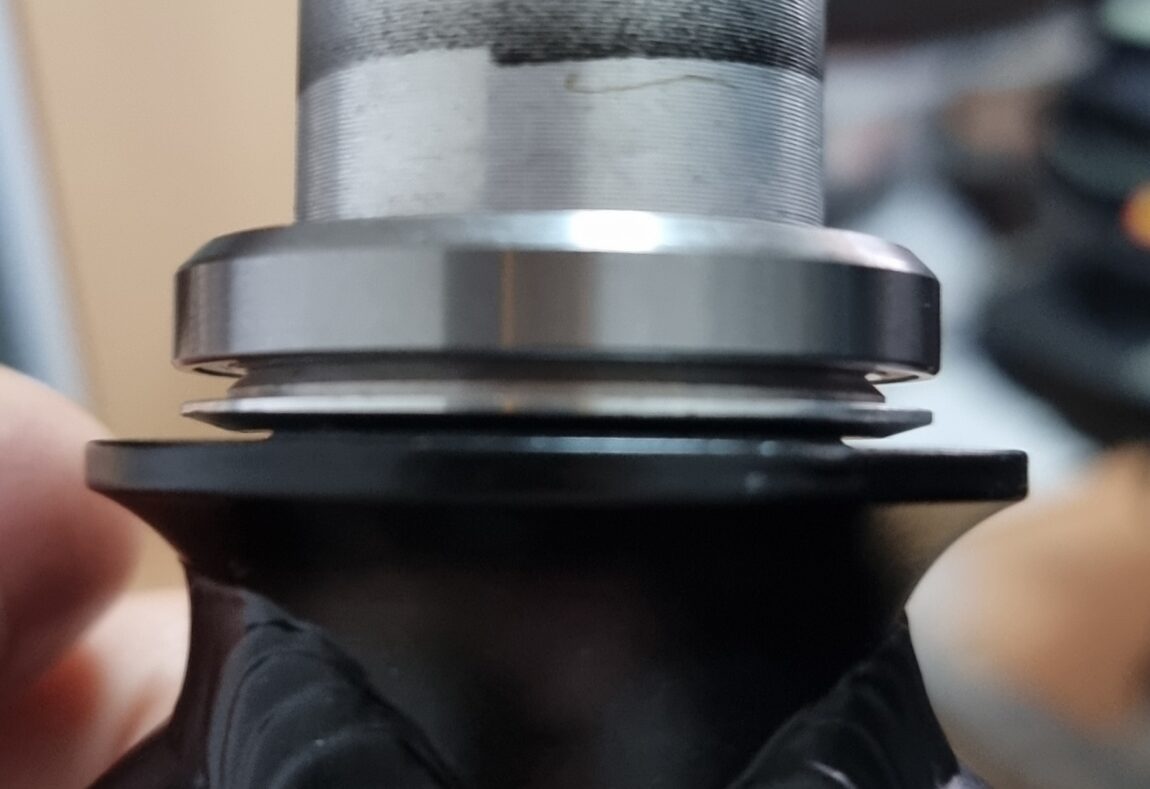
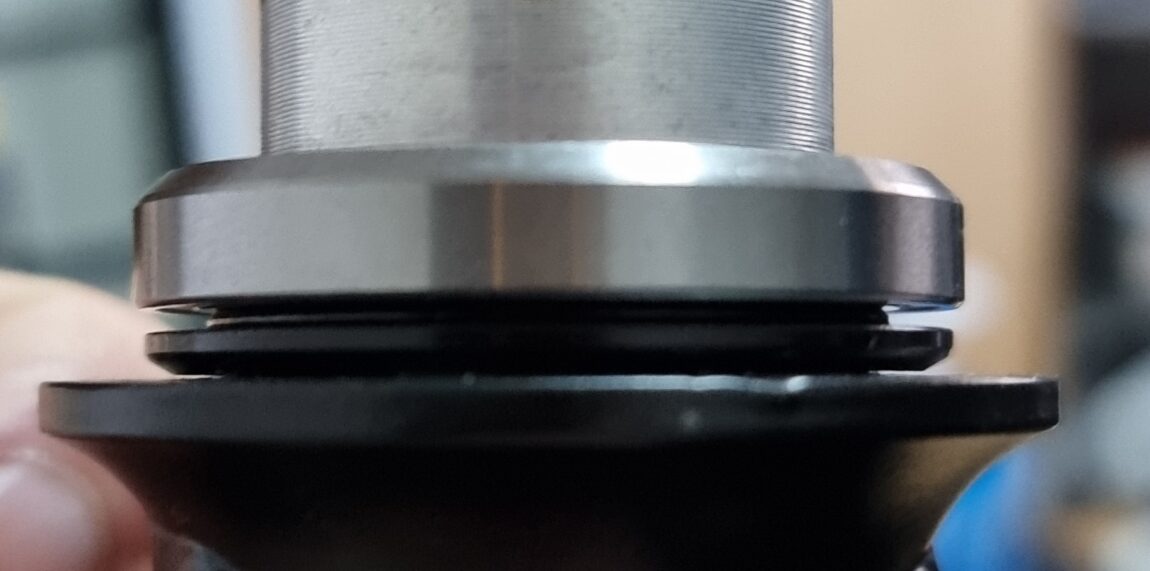

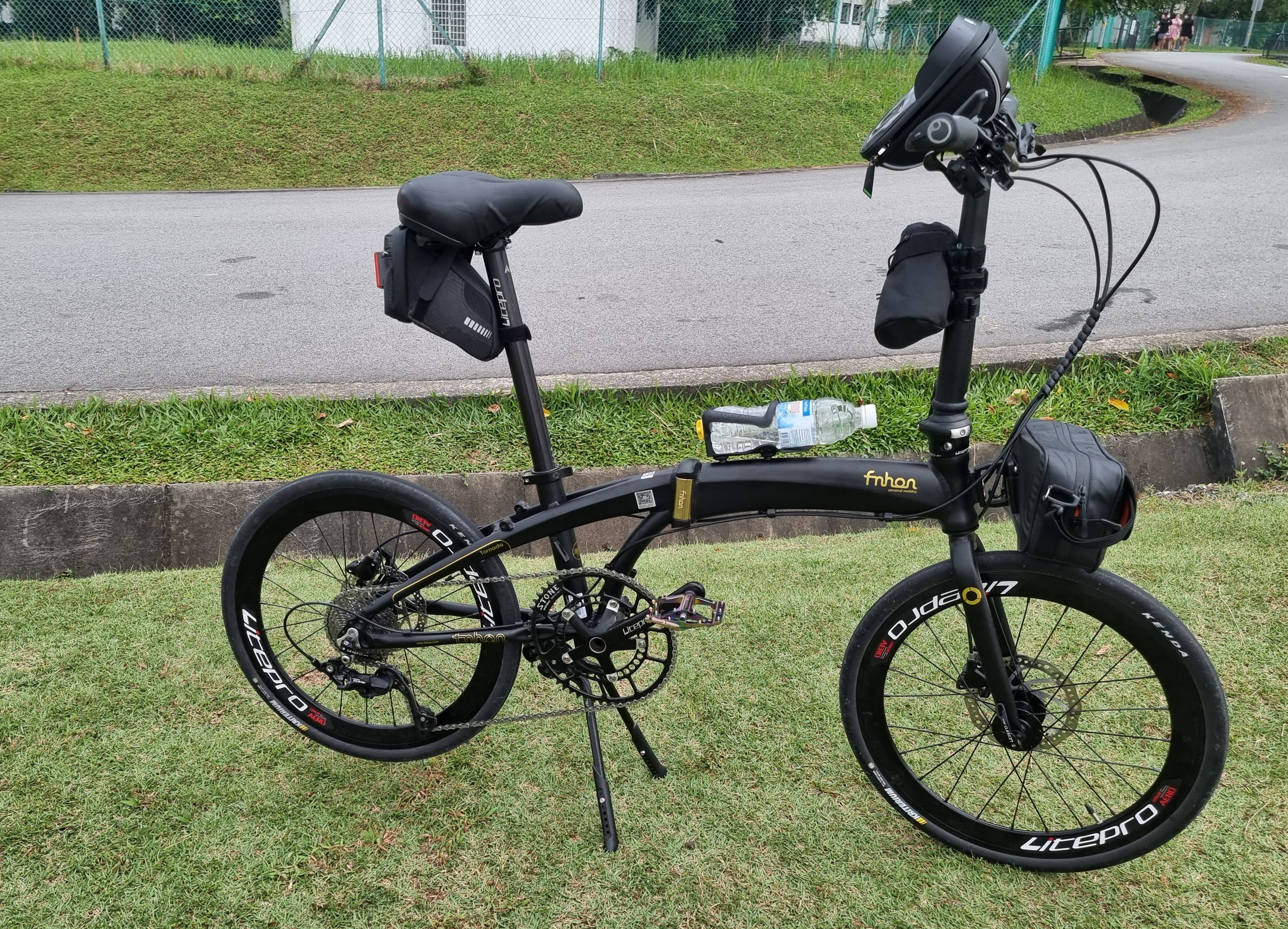
Bro, may I know if the minor dings on your bicycle fork and on the head tube have any structural issues? Cause my bicycle also like this and I am abit concerned like you did.
Do you have a photo of the “dings”? A bit hard to judge without photos
How do I send you the picture? It seems like there is on pics upload function
You can email me at trenzterra@gmail.com
What the weight of your bike? And do you think fnhon better than crius?
I did not weigh it but definitely not the lightest given I try to avoid carbon parts if I can. Both are about the same to me having used the Tornado and the Master-D.
What BB you are using?
I’m using the Shimano BBR60